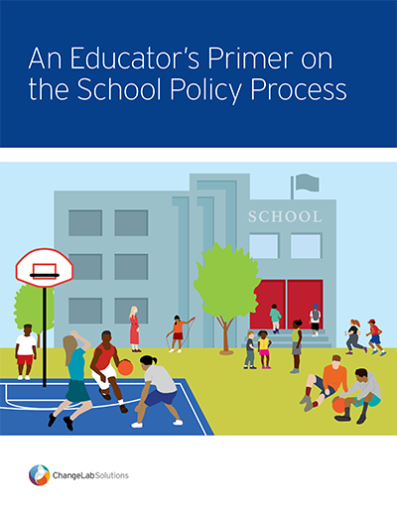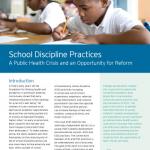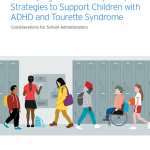Leveraging School Policies to Promote Student Health
Among many possible points of intervention to promote student health and well-being, one often-overlooked yet critical area is school policy.
Evidence shows that creating a safe, supportive school environment can help students feel more connected at school and, as a result, less likely to experience poor mental health, sexual health risks, substance use, and violence. While the positive health benefits for students are clear, not all school professionals have the resources or training they need to help foster a safe and supportive school environment.
ChangeLab Solutions, with support from the Centers for Disease Control and Prevention, has developed two resources to help educators, policymakers, and other school partners understand how they can use school policies to promote student connection, create supportive learning environments, and improve student health outcomes.
Policy Guide: An Educator’s Primer on the School Policy Process
Policy plays a vital role in shaping school environments, which in turn affect students’ educational and health outcomes. This resource is designed to strengthen knowledge of the school policy process by answering the following questions:
- How are school policies shaped by the different levels of government and school authority?
- What are the five steps of the policy process?
- Why is it important to engage key partners and center equity throughout the policy process?
Video Training: How Do Schools Affect Adolescent Physical and Mental Health, and What Can Schools Do to Strengthen Students’ Overall Health?
This training explores the connections between school policies, school environments, and adolescent health. It offers steps that school practitioners can take to better support students’ overall health and well-being. Watch the training to learn the answers to these questions:
- What factors affect adolescents’ physical outcomes?
- What effects do school policies have on adolescent health and well-being?
- How can schools better support students’ physical and mental health and well-being?




